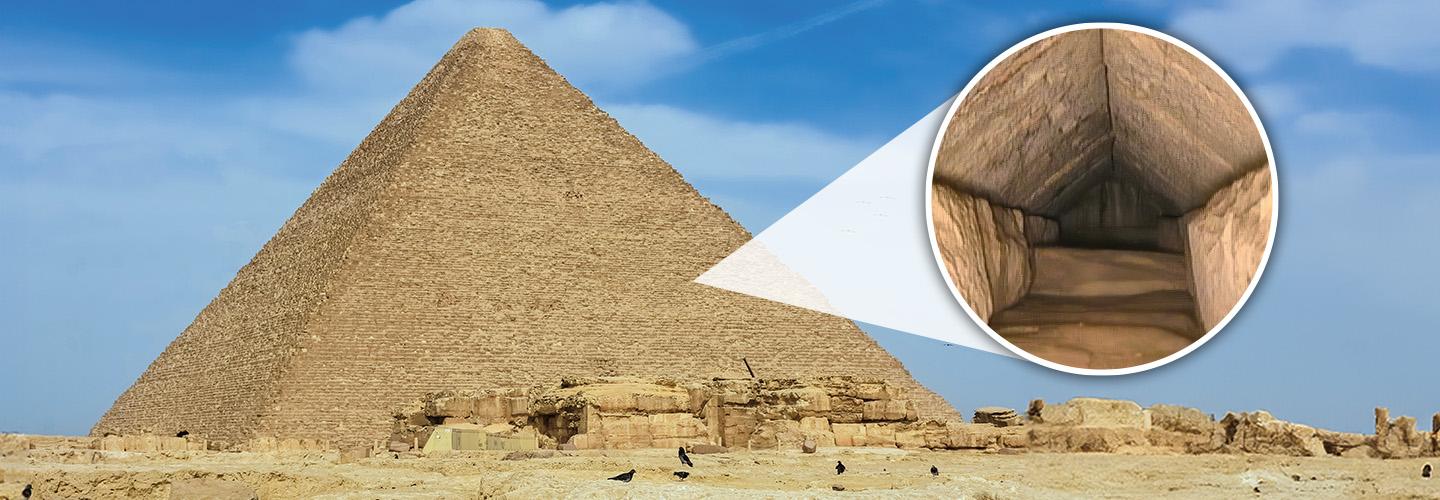It is one of the most famous—and mysterious—structures in the world. The Great Pyramid of Giza has towered over the Egyptian desert for more than 4,500 years. For centuries, people have tried to figure out exactly how it was built.
Earlier this year, researchers announced the discovery of a hidden corridor above the pyramid’s main entrance. It was found by a team of scientists working on a project called ScanPyramids. Since 2015, the team has been using high-tech scanning equipment to examine parts of the pyramid that people can’t reach.
Researchers hope the scans will help unlock even more clues about what’s hidden inside—and how the pyramid was built.
It is one of the most famous structures in the world. It is also one of the most mysterious. The Great Pyramid of Giza has towered over the Egyptian desert for more than 4,500 years. For centuries, people have tried to figure out exactly how it was built.
Earlier this year, researchers discovered a hidden corridor above the pyramid’s main entrance. They are working on a project called ScanPyramids. Since 2015, the team has been using high-tech scanning equipment. This equipment examines parts of the pyramid that people can’t reach.
Researchers hope the scans will help unlock more clues about what’s hidden inside the pyramid. The scans might even help explain how the pyramid was built.

